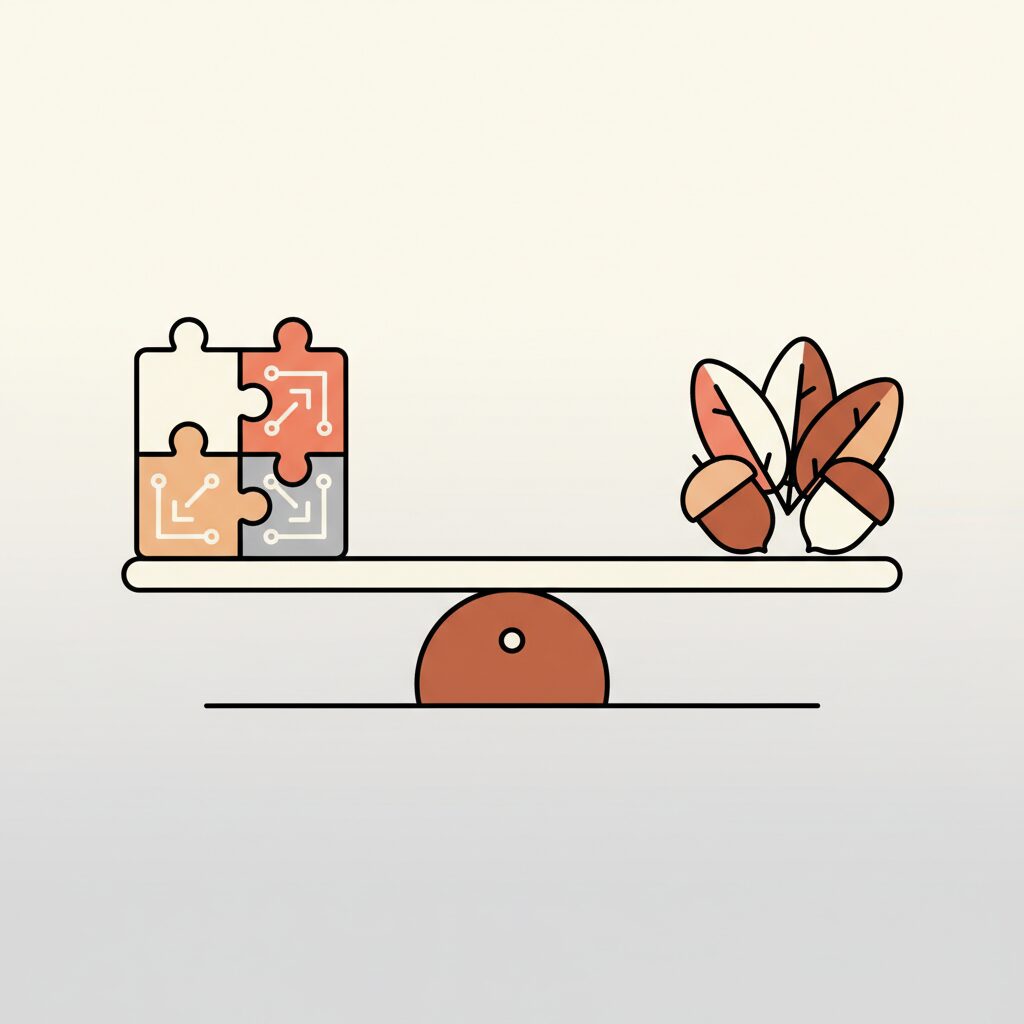
AI’s promise isn’t speed—it’s justice for every child.
Watching kids weave through digital worlds, a question hums: are we teaching AI as a bridge or barrier? Anwar Ibrahim warns that overcaution risks falling behind, while reckless haste invites misuse. His deeper anchor? Equity. For us parents navigating this tide, balancing AI exposure becomes our compass. Next time your kid grabs a tablet, ask yourself—is this opening doors or building walls?
How Do We Find Balance in Kids’ AI Adventures?
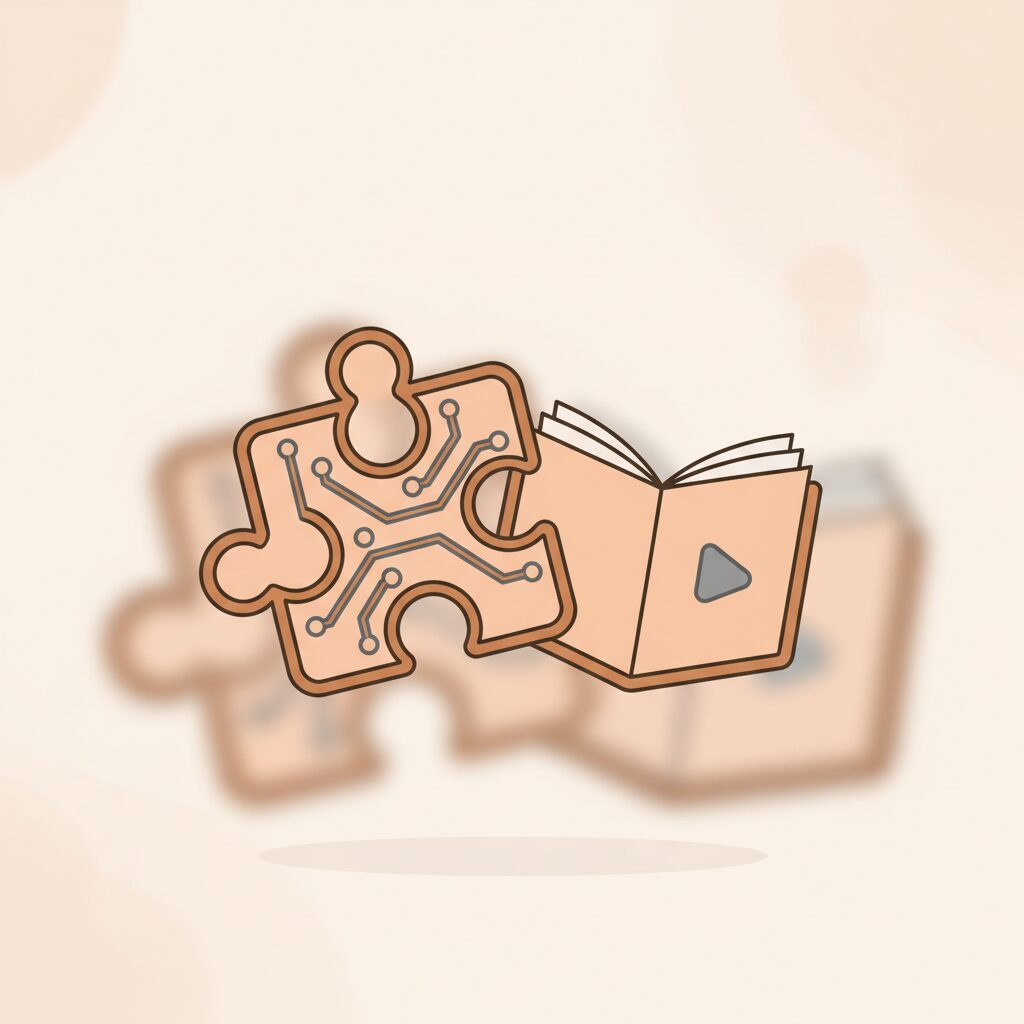
Anwar warns that extreme caution stalls progress, yet blind rush invites harm. Sound familiar? It mirrors our nightly dance: should we let kids try that AI story generator, or insist on paper-and-pencil only? The magic isn’t in banning or bingeing—it’s in thoughtful pauses. Imagine a child using AI to animate a folktale from their heritage. That’s not ‘screen time’; it’s cultural pride meeting curiosity. Start small: ask ‘Who might this tool forget?’ during play. Suddenly, tech becomes a lens for empathy—not distraction.
When we frame AI as a helper needing guardrails, we raise kids who innovate with intention. Studies highlight how inclusive tools strengthen communities by sticking close to fairness. At home, it’s no different. A drawing app recognizing all skin tones, or a chatbot welcoming non-English names? These details whisper to kids: ‘You belong.’ Try turning glitches into gentle lessons: ‘Hmm, why did this voice assistant miss grandma’s accent? How can we fix it?’ Every query plants seeds for a fairer digital garden.
How Can We Weave Values into AI Guardrails?
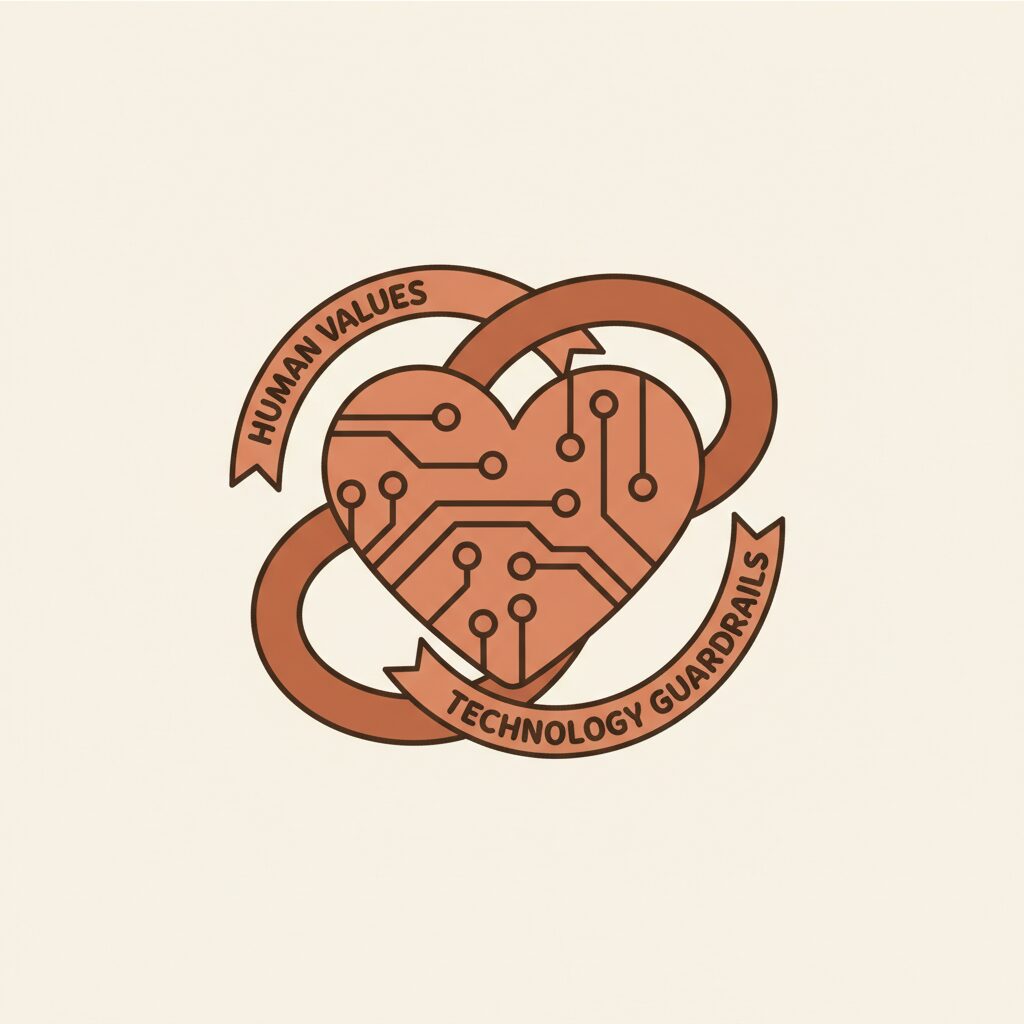
Safeguarding culture and morals while embracing AI—that’s Anwar’s heartbeat. It isn’t about fear, but about building tech that helps people. Picture this: an AI homework helper gives a biased answer. Instead of shutting it down, make it a ‘curiosity challenge.’ Ask, ‘What perspectives is this missing? How would you make it kinder?’ Global leaders emphasize ethical use to ensure technology benefits all. We mirror this at dinner: ‘Does this app help us connect, or crowd out conversation?’
Infuse play with purpose. Bake cookies while debating: ‘Can AI taste sweetness?’ Then pass the spoon—let them mix real dough. Those sensory moments ground kids in what no algorithm replaces: human warmth. Once, a child’s question to her smart speaker sparked a family garden project sharing veggies with elders. Guardrails become grace when values flow through daily giggles, not lectures. Is AI enhancing our human connections or replacing them? That question deserves reflection each time we hand our children these powerful tools.
Why Is Resilience Kids’ Unshakable AI Superpower?
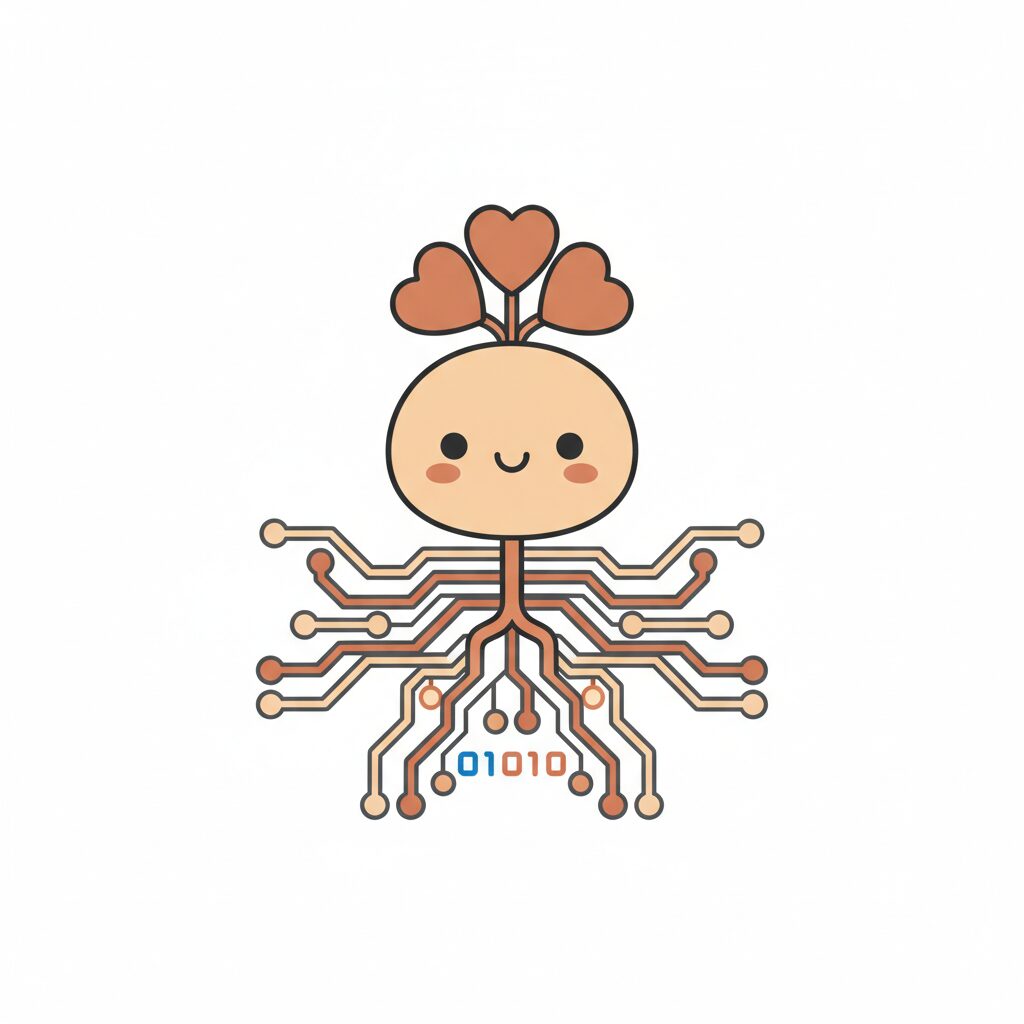
Amid AI’s dazzle, what truly prepares kids for tomorrow? Resilience. Much like global economic shifts driving technological transformation, Malaysia’s potential $113 billion AI boost—highlighted in economic studies—reminds us that human grit outlasts any tool. The child rebuilding a toppled robot after code fails isn’t ‘wasting time’; they’re forging adaptability no AI clones. So balance digital spark with hands-on grit. Plant seeds while exploring weather-predicting apps—then feel soil between fingers. Notice how patience grows alongside sprouts? Ever noticed how kids bounce back from tech fails? They’re teaching us something important!
When tech stumbles (like GPS leading us to a duck pond!), laugh it off. ‘Oops—let’s navigate by sunflowers!’ These ‘resilience moments’ teach more than smooth algorithms ever could. Ask: ‘How would you design an AI helper for someone extra brave?’ Suddenly, frustration flips to innovation. Real mastery isn’t flawless tools—it’s hearts that bend but don’t break. Every time our children face technological challenges without giving up, they’re building something that will serve them long after today’s apps have evolved.
How Can Small Steps Create an AI-Equitable Future?
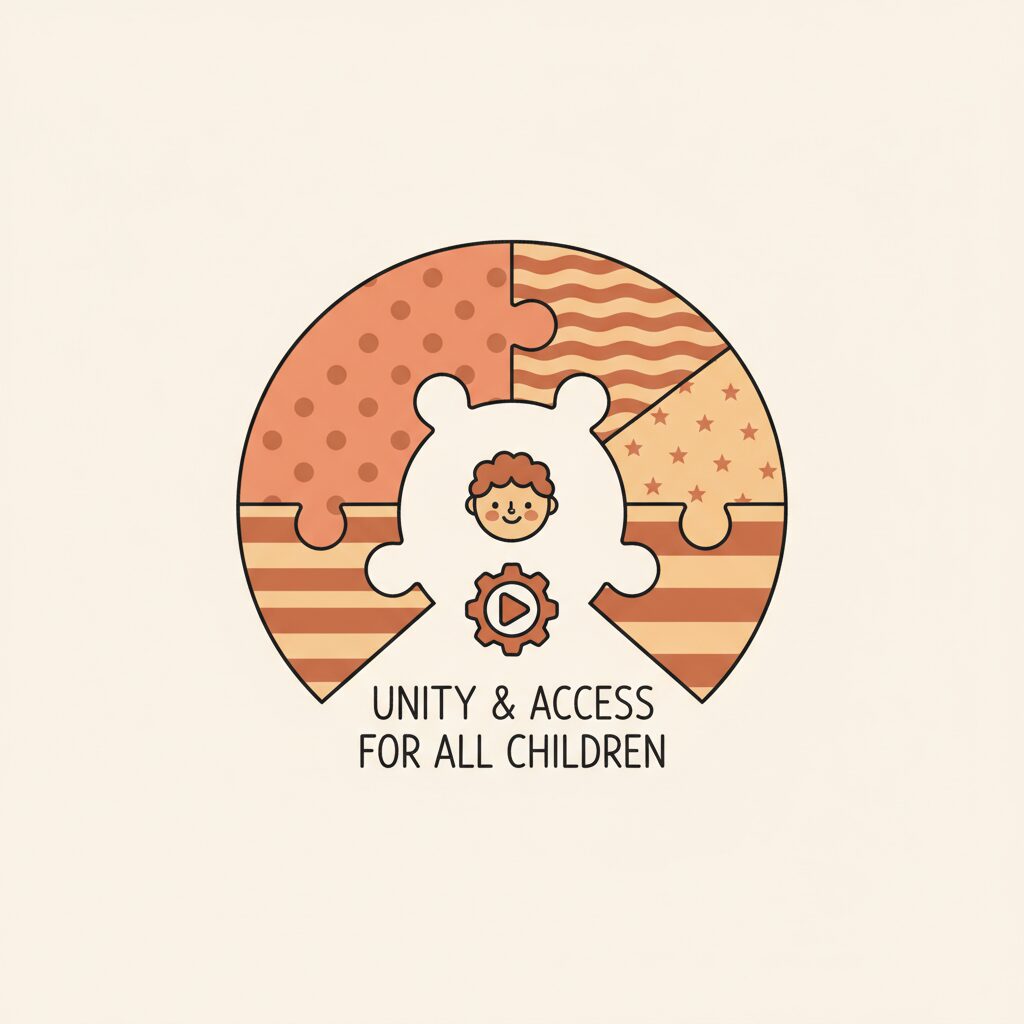
Anwar’s urgency isn’t about racing AI—it’s about anchoring hope in equity. The rise of AI in education and innovation blossoms from this truth: when technology serves all, progress thrives. For parents, it’s our nightly ritual to nurture that same spirit. Imagine if AI could add billions to economies, but what matters more are the human connections it can help build. Tonight, ask your child: ‘What kind thing could AI help you do tomorrow?’ Maybe they’ll write a song for a shy classmate, using AI to arrange melodies. Or sketch robots that speak many languages. These sparks build a generation coding compassion into every interface.
We’re not just raising tech-users; we’re growing ethical architects. Start a ‘fairness jar’ where kids drop ideas: ‘AI tutors that wait patiently for slow thinkers,’ ‘games where all heroes wear hijabs or hanboks.’ When they see their visions bloom, equity stops being abstract—it becomes their compass. Because the future isn’t built by algorithms alone. It’s woven by kids who ask ‘Is this fair?’ as naturally as ‘Pass the crayons.’ That’s the anchor holding us steady: hope in action, one small step at a time. When your child questions why their favorite character creator has limited options, they’re already becoming part of the solution!
Source: Anchor AI in equity, says Anwar, The Star, 2025/08/30
